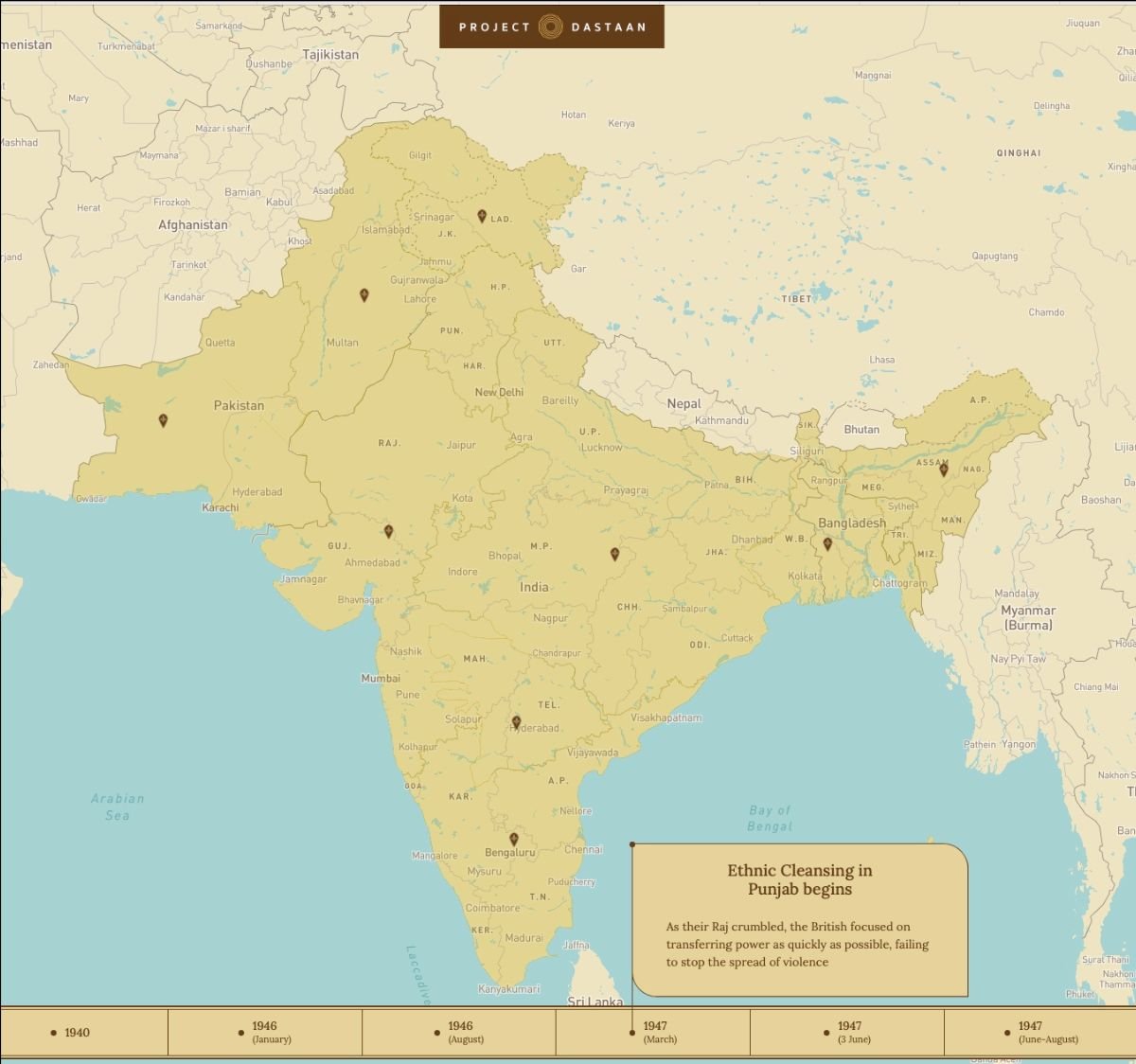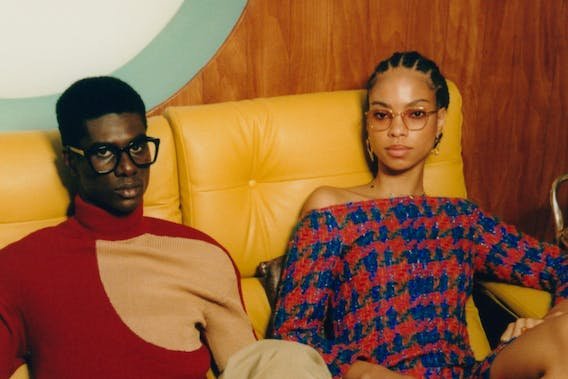Pictured above: A canal in Leiden, Netherlands.
Hey, it's been a minute. This summer swept by and now it's settling cozily into autumn over here. Listen, I'm trying to put a positive spin on the ever darkening afternoons for the next few months. Because summer was fun, I'm still collecting my thoughts and photos to share at a later point. Thus, this newsletter is going to be a bit of a round up of articles and stories I've been reading over the past few months and wanted to share with you.
Looking ahead to 2023, if you're planning projects around designing new systems or web sites, design innovation, communities, healthcare, education or other expansive ideas, hit me up. I'd be glad to discuss collaborating. Just hit reply to this email or send an email to tricia@triciaokin.com.
Now on to the bevy of articles talking about reconnecting Indian & Pakistani elders to their homelands via VR, glasses made for Black features, a nosy smart scarf, and music based on COVID's genetic code. Let's tuck in, shall we.
Links 'n Tings
A few articles, items, and tings that piqued my interest recently.
Project Dastaan Helps Survivors of India & Pakistan’s Violent 1947 Partition Revisit Their Homelands Using VR
From NPR: Ishar Das Arora, 83, watches a 3-D video of his birthplace in Pakistan, through a virtual reality device. Raksha Kumar/NPR
Earlier this summer, it was the 75th anniversary of India and Pakistan's extremely violent partition of the two countries by the British government. The act cleaved the former large colony into the two countries we have today. So many people were lost, killed, and displaced. Millions have never been able to "go home" to visit their birth areas since then.
Project Dastaan ("story" in several South Asian languages), is a documentary project that delivers immersive video experiences to survivors of the 1947 Partition of British-ruled India into independent India and Pakistan. I originally heard about it on NPR and it truly made me tear up listening to the elders experiencing their homes for the first time in decades.
Kimeze: Luxury Eyewear Brand Catering Specifically to Black Facial Features
Okay, so reading this article made me question all of my glasses wearing experience for the last 35 years of my life. Why have they always never fit my nose bridge? I mean, since I was 6 years old all the way up to 42 now. The glasses I'm wearing right now while writing are constantly sliding down my face even after a "good" fitting.
It turns out that most glasses and sunglasses are deliberately designed for Caucasian and Asian features – and this is widely known within the industry.
Manchester City Football Club is Testing Smart Scarves That Collect Fan Data
England's Manchester City soccer club wants to know how its fans really feel, and it has gone so far as to pilot The Connected Scarf, a "smart scarf" stuffed with sensors that the organization says enables it to gauge fan emotions.
"The scarf records a range of physiological measures, including heart rate, body temperature, and emotional arousal—giving us concrete information to analyze how fans are feeling at different moments in the match," the page says.
This feels like a dystopian collaboration between wearable technology, sports, and advertising. They're planning to serve up "curated, customized experiences" during the match. Maybe if you're anxious they'll send messages to your watch or phone to order beers or food? Who knows but it feels like a bit of a stretch and like it doesn't exactly benefit the wearer / sports fan.
COVID's Genetic Code Interpreted Into Music
Mark Temple, both a medical molecular biologist and an indie rock musician, became curious during the pandemic and began converting Covid's DNA sequences into notes, allowing him to recognize unseen patterns in their sequences. Check out this article to listen to sonifications of a coronavirus spike protein, of protein folding, and of the thyroid hormone!
Listen on The Smithsonian Magazine | Mark Temple’s YouTube channel
That's it for now!
The year's winding down and the dark is closing in. What do you think of the articles and do you have any cool news to share? Let me know. Schedule some time in my calendar for a catch up.
Go find me around the web as well:
Website | LinkedIn | Medium | Twitter | Instagram
Have a lovely week and talk soon,
Tricia


